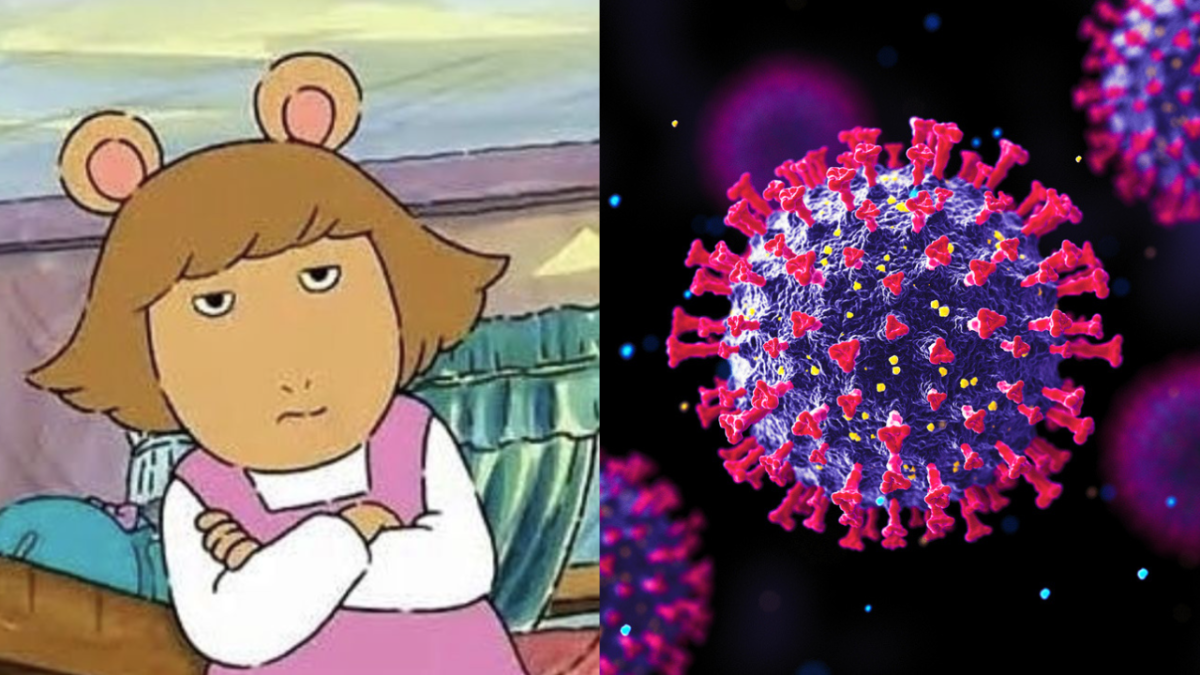
Over the course of the pandemic, we’ve learned more about COVID-19 and those pesky little fuckers known as variants. But some of the biggest questions have been around long COVID, plus its symptoms.
We don’t know how many Aussies have long COVID. But research from July suggests around 5 per cent of people who get COVID will end up with the dastardly long version.
And as it turns out, the symptoms have evolved over the last couple of years.
What are the symptoms of long COVID?
The Government’s Health Direct site lists a bunch of different symptoms and explains that as a general rule, you’re considered to have long COVID if you show symptoms 12 weeks post infection.
Those symptoms include extreme fatigue, shortness of breath, chest pain, cough, memory and concentration issues, changes to your sense of taste and smell, heart palpitations, fever and rashes.
It also includes symptoms like reduced appetite and “difficulty going about every day activities”.
We don’t yet have a specific treatment for it, but there are long COVID clinics in the ACT, NSW, Victoria and South Australia.
That being said, one of those clinics in Victoria has recently stopped accepting new patients and will close entirely just before Christmas, per The Age. The Federal Government’s funding agreement to split COVID hospital costs between itself and the state governments is set to end on December 31.
Federal Health Minister Mark Butler said we clearly “need a focused national response to the phenomenon of long COVID”.
“This work is being led by the Department of Health.”
How have long COVID symptoms developed?
Janet Bondarenko — a senior respiratory physiotherapist at Melb’s Alfred Hospital post-COVID clinic — told the ABC she’s seen the dominant symptoms change.
According to the ABC, different clusters of symptoms have emerged.
So as Bondarenko explained, one of the early symptoms was breathlessness.
“Then we started to see memory and concentration issues,” she said.
Those symptoms haven’t gone anywhere. But Bondarenko said she was seeing increasing numbers of people with heart-related symptoms.
“If they’re going from sitting to standing, their heart rate will jump and they’ll get palpitations, chest pains, things like that.”
Cardiologist Professor Jason Kovavic told the ABC these different symptoms could be the result of the different strains.
“Different strains of the virus are interacting with immune systems differently and triggering different events,” he said.
As we know, you don’t necessarily have to have a severe case of the virus to develop long COVID. And waitlists for some long COVID clinics have reached almost a year according to The Sydney Morning Herald.
Hopefully we’ll see increased funding for long COVID care and treatment. Until then, all we can try and do is look after ourselves and each other.



